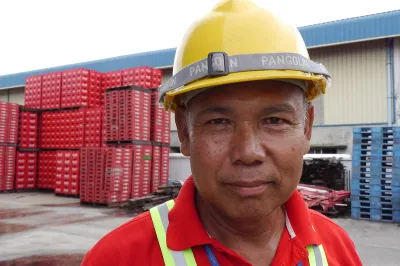Paper
Microfinance and Poverty: Questioning the Conventional Wisdom
Do microfinance programs reduce poverty?
130 pages
This study examines assumptions that have arisen about microfinance and poverty reduction:
- Microentrepreneurs are poor;
- Microentrepreneurs are constrained by inadequate access to credit;
- Microfinance institutions aim for poverty reduction.
The paper concludes that microfinance can play an important role in poverty reduction, but its benefits are not only poverty-related, and it is only a partial tool for poverty reduction. Recommends that the following actions can be taken on different levels to expand the outreach and impact of microfinance programs:
- The quality of financial services can be improved to enhance their responsiveness to the needs and demand of poorer customers;
- The depth of outreach can be expanded through provision of financial services that are tailored to the needs of the poorest and their economic activities, provision of a variety of financial products to suit different household and business needs, and promotion of pilot projects aimed at the poorest households and areas;
- The scale of outreach can be expanded through promotion of an enabling environment for small-scale financial transactions and microfinance methodologies, provision of a wide range of financial services, enhanced focus on savings mobilization, transformation of NGOs to commercial MFIs, and competition that ensures low cost and high quality services;
- The geographical outreach can be expanded through regulations and policies that facilitate expansion to remote areas, local infrastructure that enables provision of small-scale financial transactions, and promotion of pilot, rural MFIs;
- Income impact can be improved through complementary income-generating interventions enhancement of access to productive assets, improvement of the quality of assets, and promotion of an enabling environment for productive use of assets. Complementary non-financial services, such as business development and social services and community development, may also be helpful.
[Adapted from author's abstract]
About this Publication
Published


